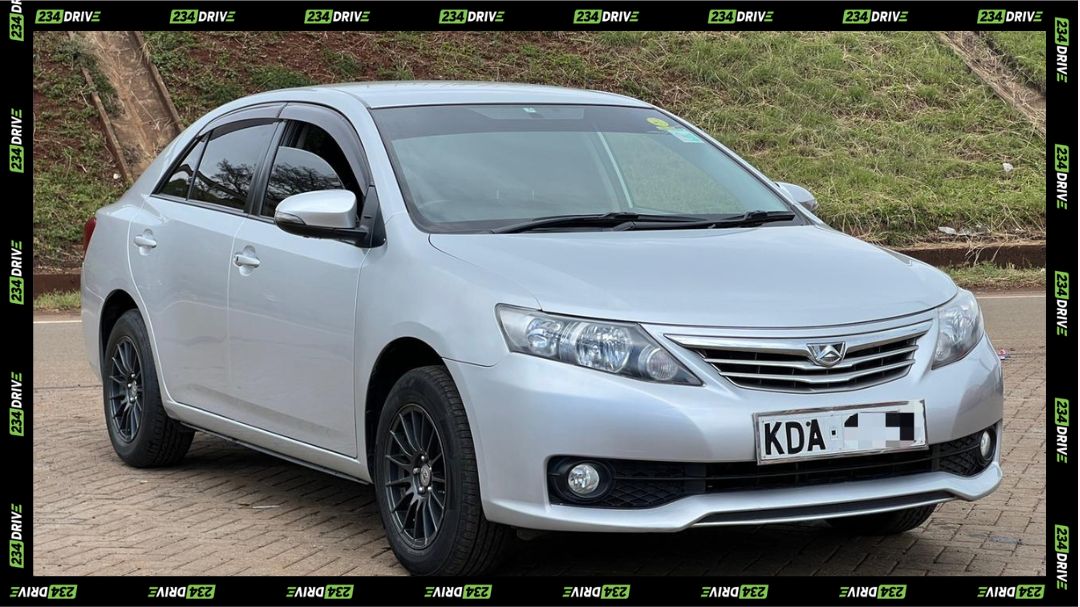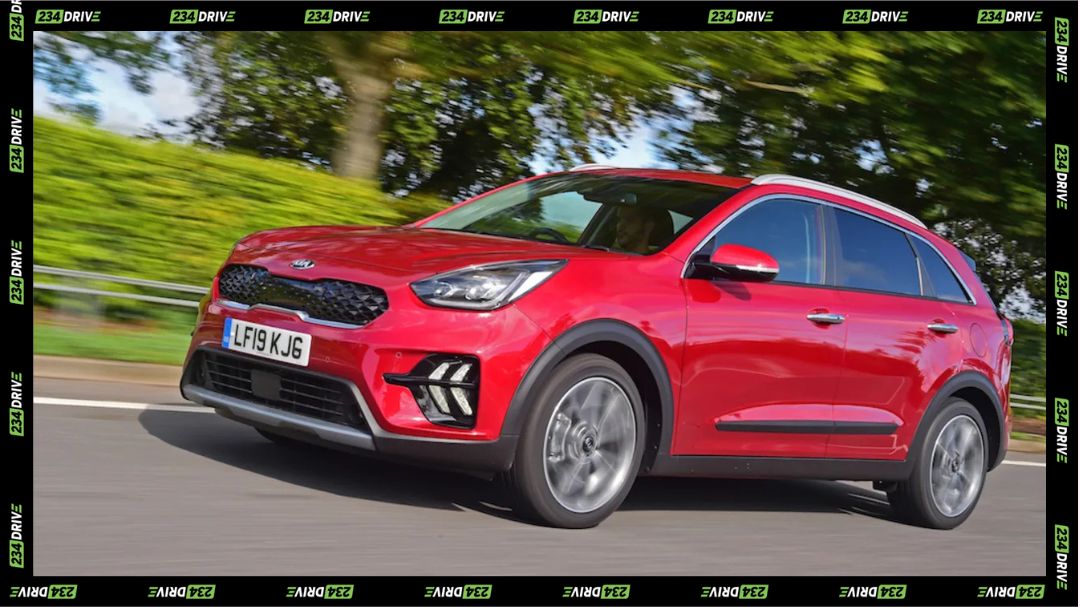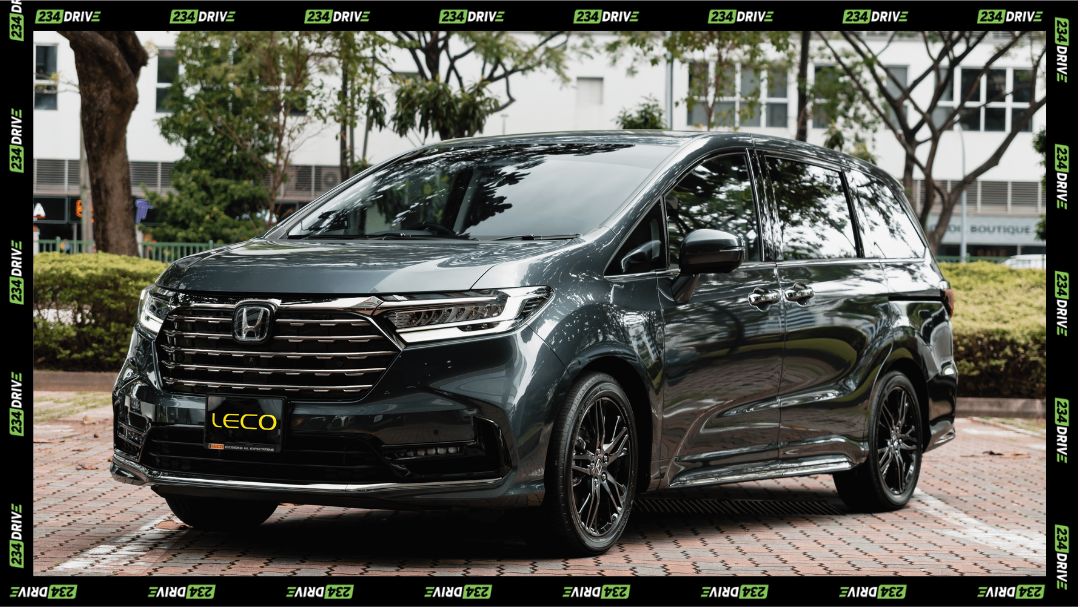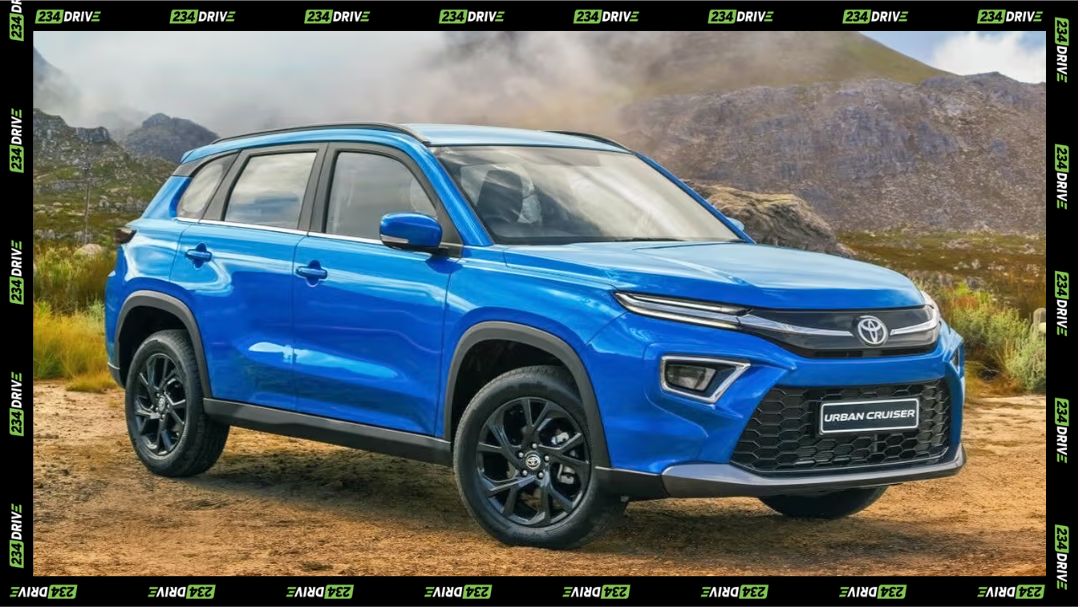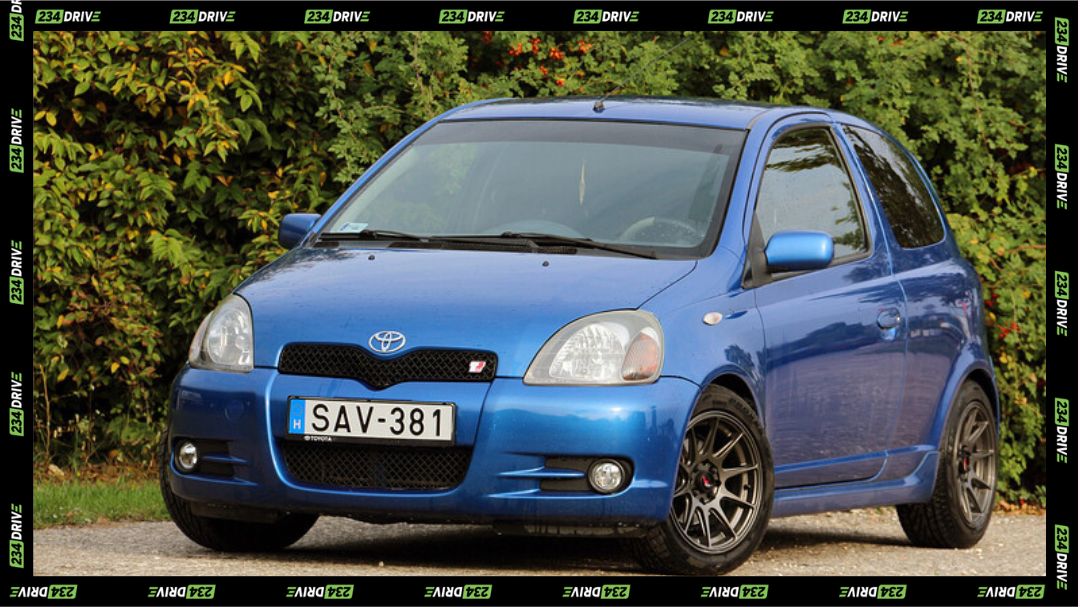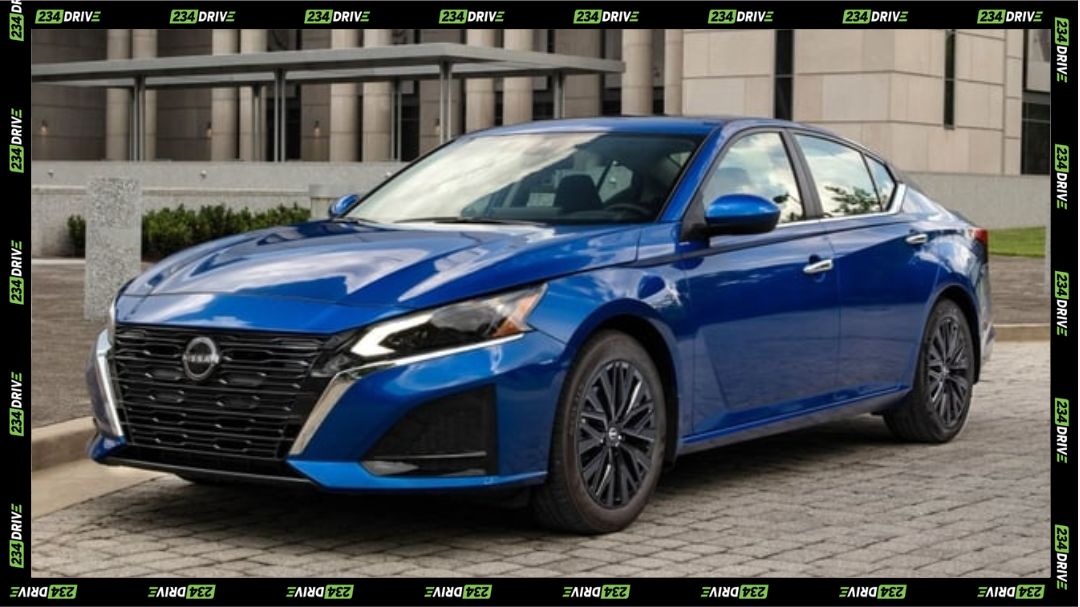A tiny car with a big personality: Honda’s Super‑ONE prototype takes the cheeky, go‑kart spirit of classic hot hatches and stuffs it into a battery‑electric kei‑car package aimed at city drivers who still want to smile when they park. Unveiled at the Japan Mobility Show on 29th October, 2025, the Super‑ONE reads like a deliberate effort to keep driving fun while meeting the realities of urban electrification and regulatory constraints in key markets.
At its core this is a compact, lightweight BEV derived from Honda’s N‑ONE platform that emphasises agility, sensory engagement, and affordability rather than headline horsepower. Honda keeps the mechanicals intentionally conservative to fit kei‑car tax and sizing rules in Japan: think a base power figure consistent with the 64‑hp kei limit, a sub‑30 kWh battery (around 29.3–29.6 kWh in early briefings), and WLTC cycle claims that translate to a modest real‑world city range. Where the Super‑ONE distinguishes itself is software and human‑centered design— a simulated seven‑speed virtual transmission, audible and haptic “engine” cues, a Boost mode for short bursts of sharper acceleration, and chassis tuning that favors grin‑inducing handling over outright top speed.
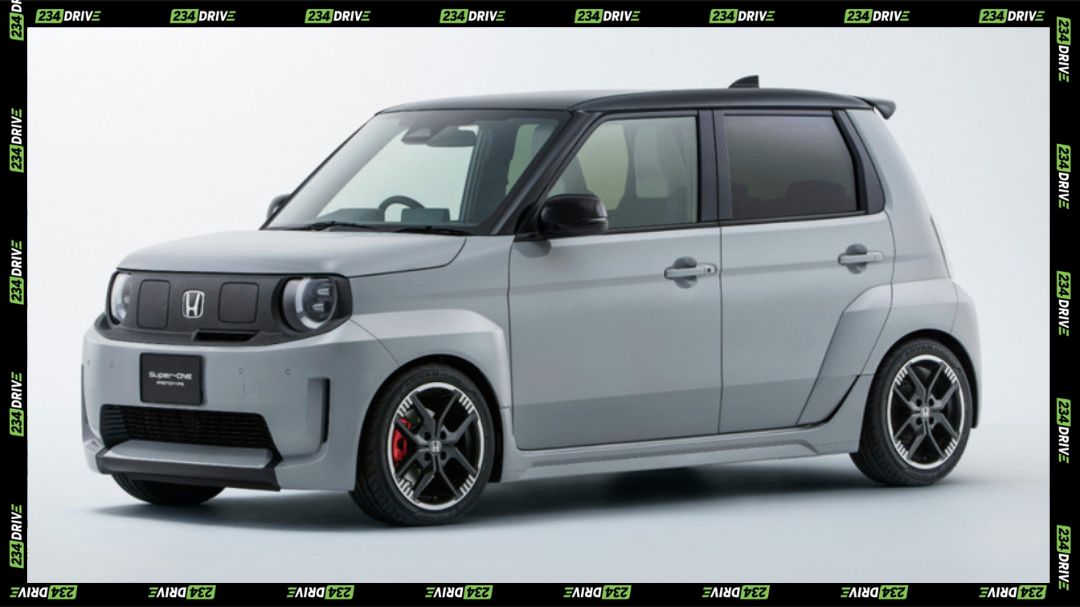
This design and feature set positions the Super‑ONE as an urban specialist. Its compact footprint, tall‑but‑narrow proportions, and relatively light curb weight make it ideal for tight parking, stop‑start commuting, and twisty neighborhood roads. Practical trade‑offs— a smaller battery and limited highway range compared with larger EVs— are intentional choices that prioritise cost, simplicity, and the kind of brisk low‑speed responsiveness that defines a hot‑hatch feel in an electric package.
Speculation about blockbuster numbers— 200 hp, 250 miles, or full‑sized hot‑hatch performance— appears to be a conflation with other Honda projects or future performance models. Honda’s messaging and the kei‑car roots suggest the Super‑ONE focuses on accessible fun: short, sharp acceleration via Boost and sensory engineering rather than sustained high‑speed power. In practice, WLTC cycle claims near 183 miles will likely compress substantially in real‑world mixed driving, particularly on faster roads; a more realistic on‑road expectation for many drivers would be roughly half that figure once spirited driving and non‑urban miles are considered.
Honda’s approach is deliberately experiential. Instead of chasing raw output, engineers are leaning into simulated sound, paddle‑shifted virtual ratios, steering and suspension tuning, and lively throttle calibration to deliver emotional engagement. These are deliberate design decisions meant to recreate the psychological cues drivers associate with traditional hot hatches shift blips, fake but satisfying gear changes, and engine growl while staying within the constraints of a small EV platform.
Market rollout will reflect regulatory realities. The Super‑ONE is clearly targeted first at Japan, with adaptations planned for the UK and other Asian markets that embrace compact city cars. North American availability looks unlikely in the near term because small, kei‑derived models must meet a different set of crash‑safety and emissions standards; in many cases, enthusiasts would have to wait decades for legal import opportunities or for Honda to engineer region‑specific variants that comply with local rules.
From a pricing standpoint, the Super‑ONE is pitched to be accessible. Using the N‑ONE e: base pricing as a reference, Honda appears to be aligning the Super‑ONE to undercut many conventional EV entry models, a strategy that aims to revive the spirit of affordable hot‑hatch culture rather than create a premium performance halo. That positioning could make the Super‑ONE an interesting counterpoint to higher‑range city EVs by offering driver engagement as its primary differentiator.
The Super‑ONE also speaks to a broader industry tension: how to preserve the emotional side of driving while pivoting to electrification. Honda’s answer is a human‑centered blend of modest hardware and playful software, a template that could influence other automakers seeking to offer “fun” EVs without sacrificing cost or urban practicality.
In short, the Super‑ONE is less about blowing away spec sheets and more about preserving a driving ethos for city life. If it reaches production in 2026 with the features shown in prototype form Boost, simulated transmission and sounds, focused chassis tuning, and a sub‑30 kWh battery it could become a compact, affordable antidote to the very serious, high‑range EVs that dominate headlines. Whether that recipe resonates beyond kei‑car friendly markets will depend on Honda’s willingness to adapt the concept for different safety regimes and on whether drivers outside Japan value the same playfully engineered compromises that make the Super‑ONE charming in its home market.


